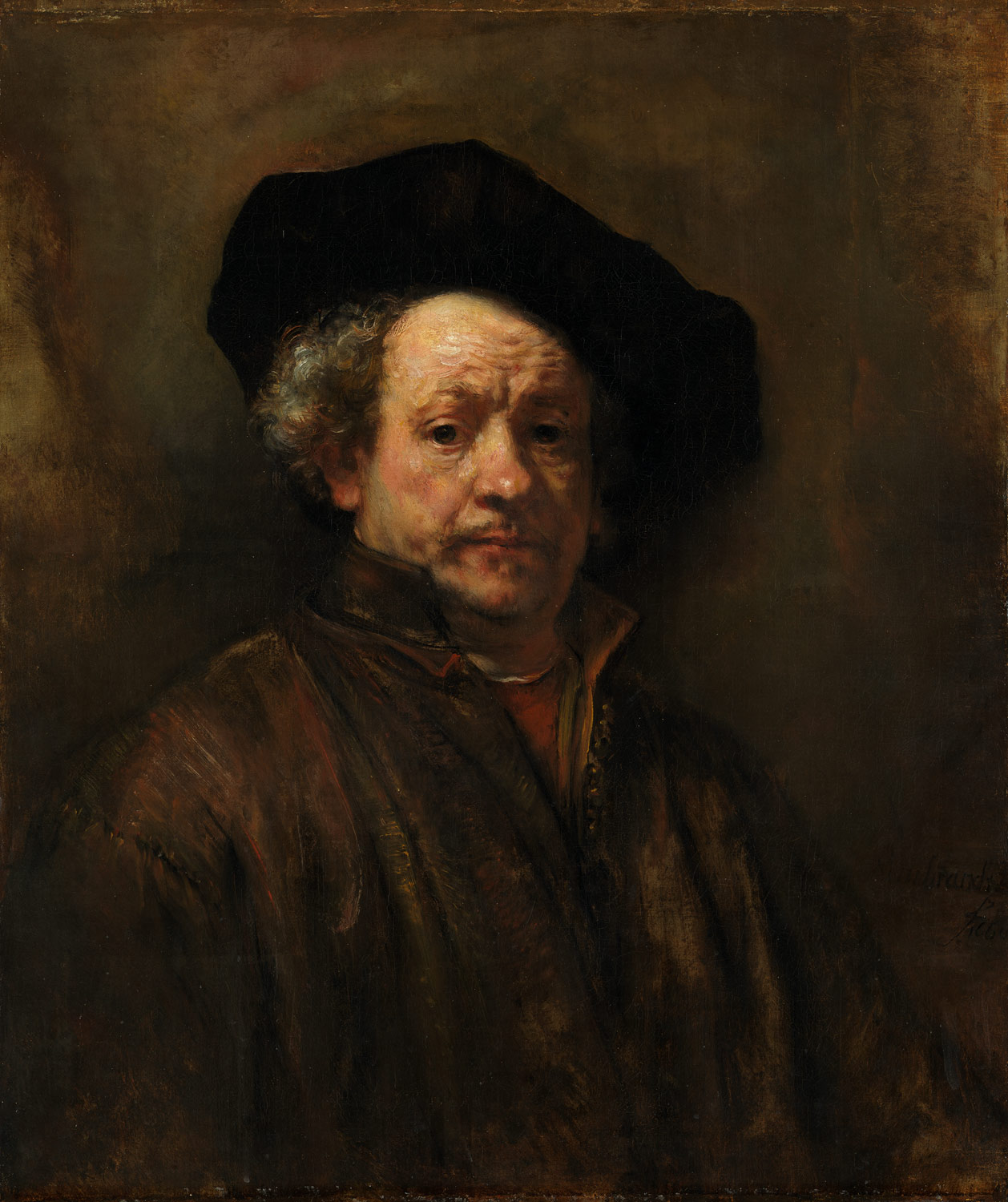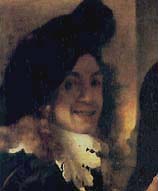Dutch art can be summed up pretty quickly. Light and scene. And there is Dutch art in a very tiny nut shell.
There is two major Dutch artists we are going to be studying.
Rembrandt and Vermeer. The big guns.
Rembrandt was obsessed with self portraits. Google 'Rembrandt self portrait' and prepare to gasp. He painted tons of them. They show his evolution as a painter because of their spacing and his differing techniques over time.
Here's Rembrandt as a young man.
Here he is as a old man.
Please note the lighting. This is a huge stylization that Rembrandt went on make everyone else want to duplicate. Notice how much of the detail of the younger painting is on the rivets of his collar, but when he's old and thoughtful, the emphasis is on his face.
Vermeer, however, is my favorite.
This is widely considered to be a self-portrait of Vermeer. Please note the striking resemblance to Robert Plant.
Vermeer and Rembrandt are both very stylized painters, but they have Dutch-ness, as I like to call it, in common. What the two mostly have in common is lighting and scenes. Dutch scene-ing. Dutch art had a type of realism centuries before neighboring art scenes did. Mostly because the Dutch's patron system worked much differently. While everyone else's patron was the Church, who thought bathing was evil at the time, Dutch patrons were butchers who wanted their shops to look nice. This gave Dutch art realism. Art paid for by the Church didn't tolerate realistic nudes, but the butcher who was giving you money wasn't going to stand for something that looked so different from what it was meant to be.
Because of this, Dutch had already created styles within realism when everyone was just figuring out how to depict things as they actually were. Rembrandt, who lived before Vermeer, was at the forefront of this. He created a style that closely mirrors photography. He created scenes for his paintings.
This is arguably Rembrandt's most famous painting, the Night Watch. It looks like someone took a photo of it. It looks like off camera everyone kept moving. It doesn't feel staged. It feels like a quick image of a fleeting moment.
This is Vermeer's The Concert. Looking at it, you think you might be eavesdropping. It seems like a very personal moment that you just caught a quick snap of.
And that is Dutch art and I love it. We will also see how brave I am and attempt oil painting. I think.
Fun fact, The Concert, the painting above, had been missing since 1990. It, along with a myriad of other paintings, were stolen from the Isabella Stewart Gardner Museum. The Concert was the most expensive of the lot, which was totaled at $500 million. The robbery was the single largest property theft in recorded history. There's a reward if you've seen it.
































_-_The_Girl_With_The_Pearl_Earring_(1665).jpg)













